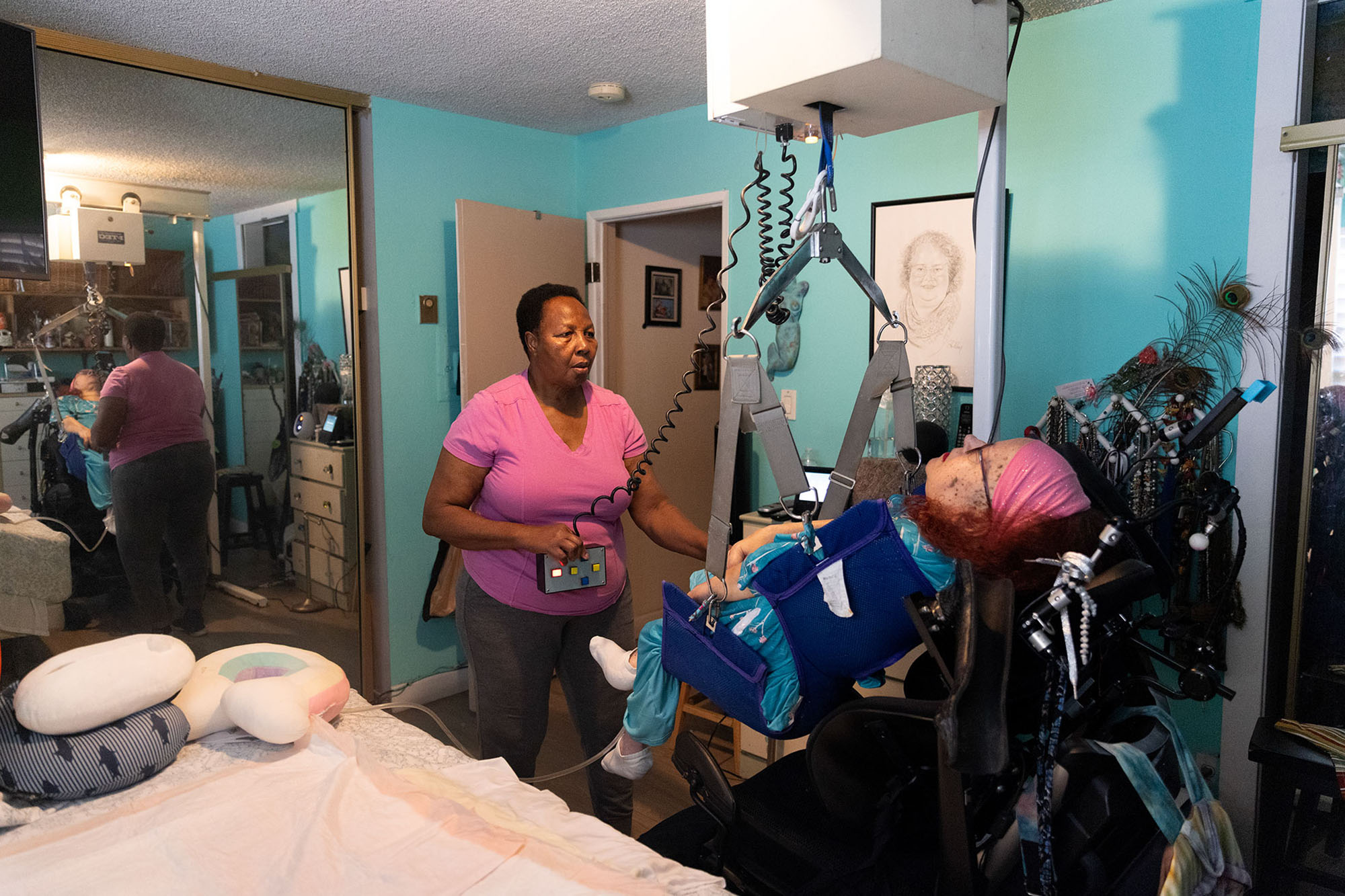View the Report
Jump to All Downloads & LinksThis report examines the quality of care provided by Medi-Cal managed care plans (MCPs) between 2009 and 2018. In addition to reporting on overall statewide trends, this report also examines differences in quality by type of MCP ownership (public, nonprofit, for-profit) and model of managed care (County Organized Health System, Two-Plan Model, and a few different models of competing commercial MCPs).
The authors examine 41 quality measure: 35 from the Healthcare Effectiveness Data and Information Set (HEDIS), a set of standardized measures from the National Committee for Quality Assurance, and six from the Consumer Assessment of Healthcare Providers and Systems (CAHPS), a survey designed to capture patients’ satisfaction with their health care. These measures track rates of cancer screenings, timely pre- and postnatal care for women, access to primary care for children, and patients’ rating of their health plan, among many other elements of care and the patient experience.
Key Findings
Among many key findings, the report shows that:
- From 2009 to 2018, quality of care in Medi-Cal managed care was stagnant at best on most measures. Among 41 quality measures collected in two or more years, more than half (59%) remained unchanged or declined. The picture looks only slightly better when limited to the 31 quality measures still collected by the Department of Health Care Services (DHCS). Of those, 52% remained unchanged or declined. Specifically, quality of care significantly declined for Medi-Cal enrollees on 4 measures and was unchanged on 12 measures.
- Three of the 4 current measures that declined over time were related to the care of children. Six of the 9 quality measures currently in use that are related to children declined or stayed the same; there was improvement in only 3 of these measures.
- Medi-Cal MCPs’ quality scores varied markedly within and across MCPs by ownership. Most striking was the substantially lower quality scores of the for-profit MCPs, on average, relative to the nonprofit and public MCPs.
- While there was variation of MCP performance within each of the Medi-Cal managed care models, County Organized Health Systems had on average better quality scores than counties that furnish Medi-Cal services through either a competing commercial or Two-Plan Model. This remained the case after adjusting for county demographics and physician supply, and was even true for the quality measures used as the basis for the enrollment-based “auto-assignment” incentive in counties with competing MCPs.
Additional Resources
In response to this study, Chris Perrone, director of Improving Access at CHCF, outlined five recommendations California can pursue to ensure that all Medi-Cal managed care enrollees, regardless of where they live or the health plan that serves them, have timely access to high-quality care.
Data from this study were used to create local snapshots of quality trends by California county and region. Explore the local data using this interactive map.
This report was produced by investigators associated with the Philip R. Lee Institute for Health Policy Studies at the University of California, San Francisco.
Authors & Contributors
Philip R. Lee Institute for Health Policy Studies at the University of California, San Francisco
Andrew B. Bindman, MD
Professor of medicine and epidemiology and biostatistics
Denis Hulett, MS
Statistician
Isabel Ostrer
Third-year medical student
Taewoon Kang, PhD
Research Specialist





